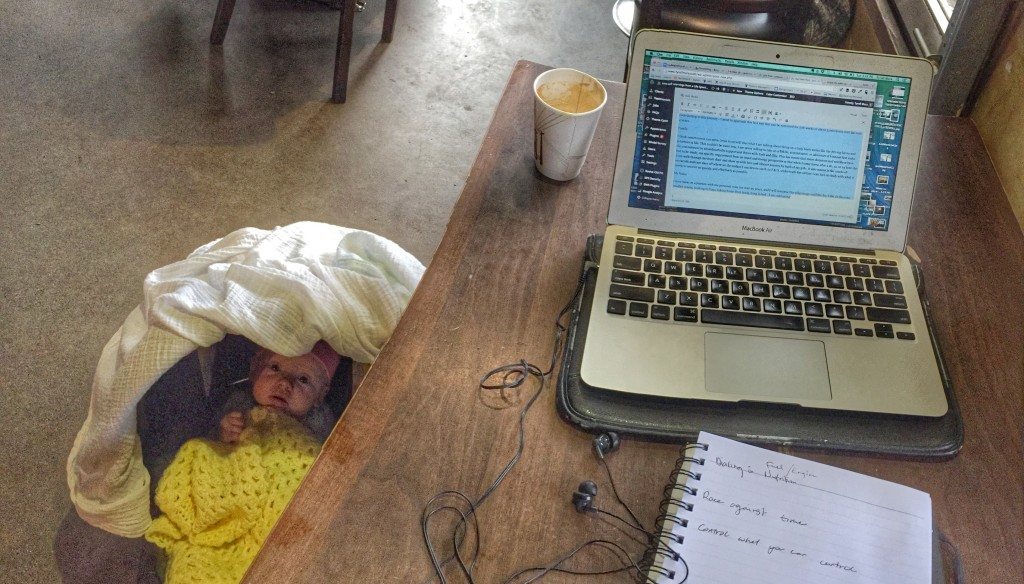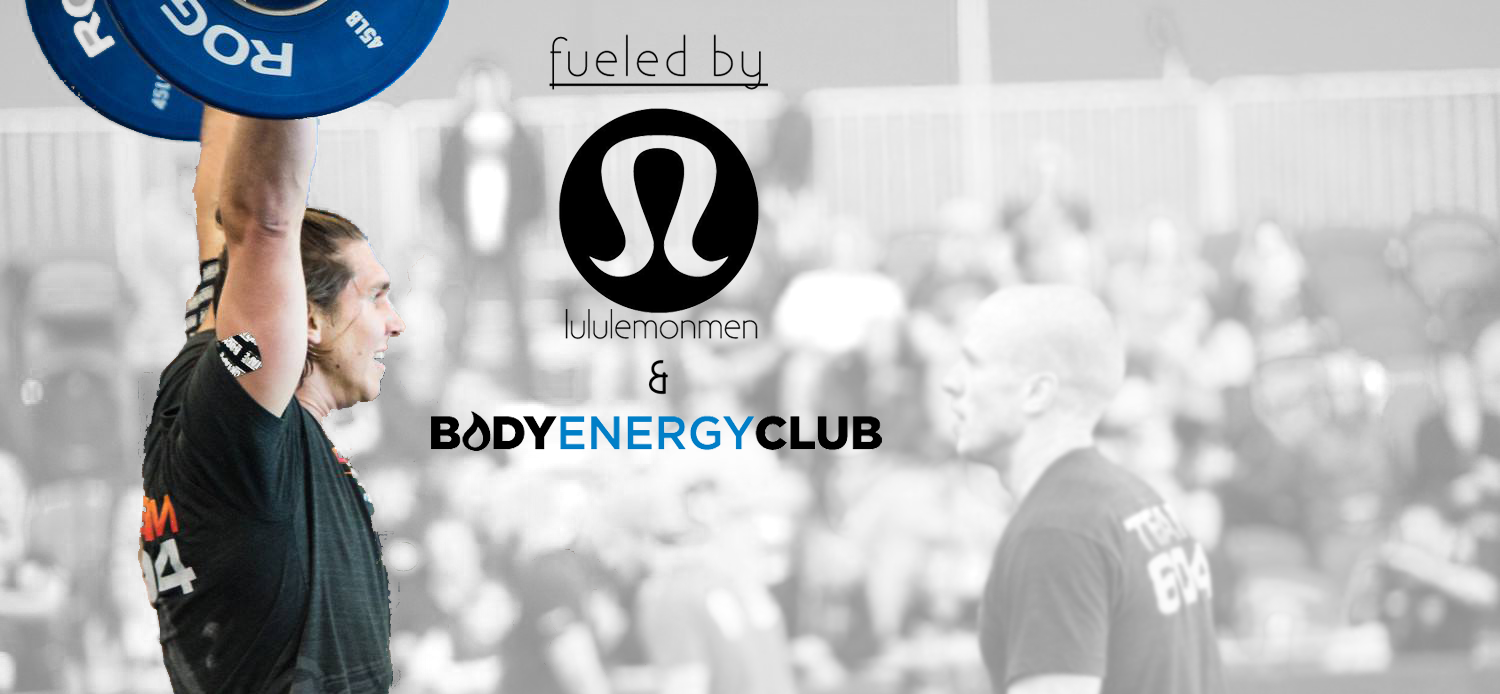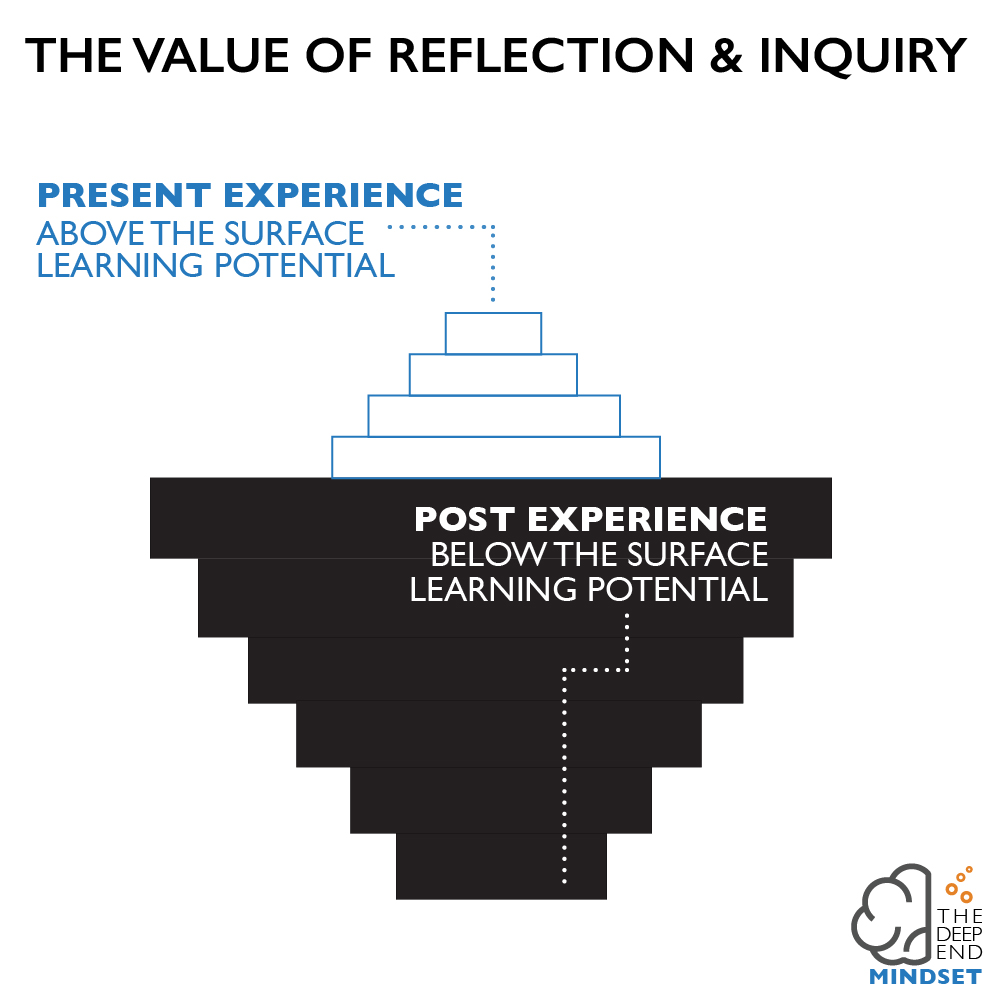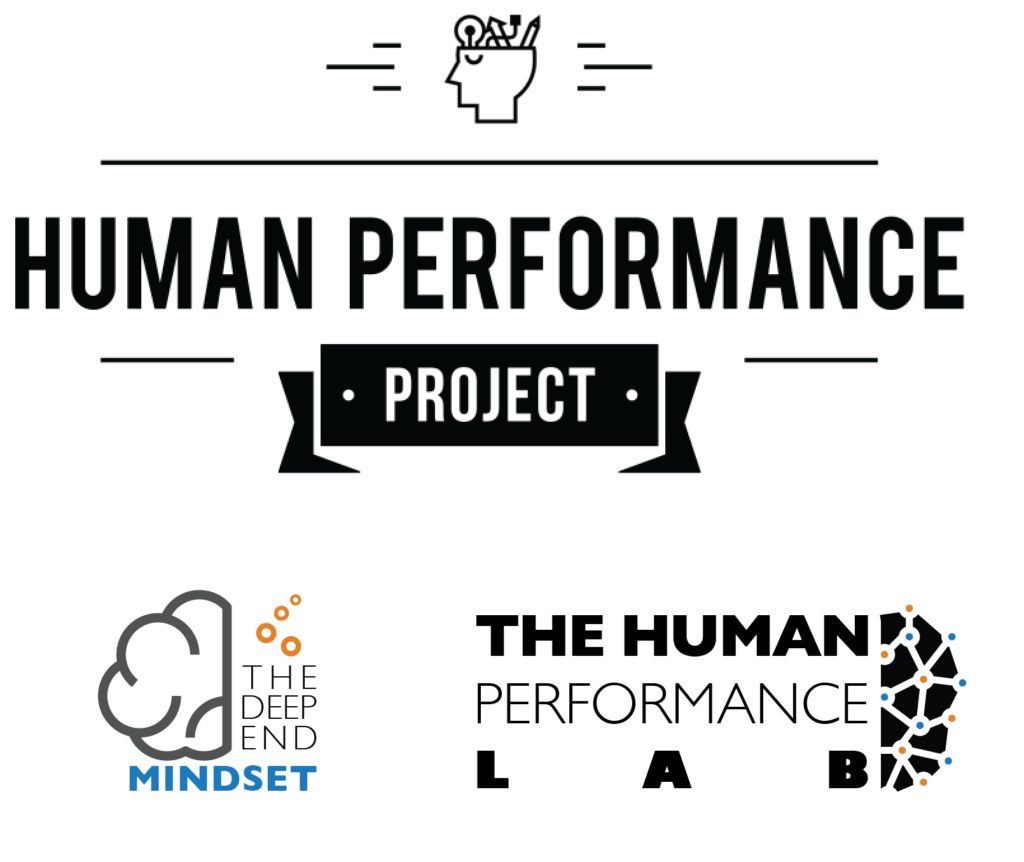I continue to acknowledge that the value of our time and energy exceed any other thing in life.
As the adventure of life unfolds and complexities seems to inevitably creep in. Including but not limited to a career in tech Product Management that seems to be more demanding every week, an Olympics BHAG pursuit and raising a family.
I have reflected on of the most useful practices and life hacks I’m taking into 2016 to get the very most out of every minute of the day.
1. Carry a notebook everywhere
 I’ve been journalling since 9 years old, my best thinking and understanding of the world comes through a pen and paper. Since starting Crossfit I have realized that the 6 block walk to and from my office and the gym seems to be where magic happens.
I’ve been journalling since 9 years old, my best thinking and understanding of the world comes through a pen and paper. Since starting Crossfit I have realized that the 6 block walk to and from my office and the gym seems to be where magic happens.
Whether it’s how I’m going to build my team’s next strategic plan or a thought that turns into a blog post – this is where it happens. I am always ready with my notebook – for example this post is being written in the Crossfit gym after finishing a brutal strength and workout session.
2. Push your Mental & Physical limits with daily exercise
Whether it’s crossfit, yoga, hiking, cycling or anything else I truly believe that when we push the limits through challenging physical and mental exercise we hack a path into our subconscious mind. All of those thoughts and challenges that you’ve turned over 1,000 times in your conscious brain will get a new diagnosis from the subconscious.
I am always shocked at how easily answers come after going into the deep and dark place that Crossfit workouts take me. This obviously isn’t the answer for everyone – but find that physical activity you love and lean into fully investing time everyday in that space.
3. Wake up before you have to
For me that’s between 5 and 5:30 AM.
While I don’t have my first team huddle until 9:15, this ritual of starting early is an absolute must. Because of the chaos that is my daily schedule I typically try to get into work by 6 or 630 where I find the most productive hours of my work day.
The makeup of this early morning routine has changed with the ebs and flows of life but it has remained consistent and continues to feel like a big mental step up on my peers who are sleeping until 9.
4. Multivitamin, Probiotic and Alkaline Water
Embarking on my path to the 2020 Olympics has meant optimizing every opportunity for health, wellness, strength building and recovery.
I have worked extensively with the team at Body Energy Club to help support me in this endeavour.
Everyday I take a pretty robust men’s Activ-X multivitamin, a pro-biotic tablet, and drink alkaline water or use “Concentrace” drops. The habit is very minimal but the impact to sustained energy over a 16 hour day is significant.
I would recommend working with a health professional (nutritionalist or naturopath) to understand which daily 1-2 health practices can move the needle for you the most.
5. Use Evernote to record audio
4 days I week I commute 30 minutes to and from my track and field throwing facility. This seems to be another time when my sub-conscious activity ramps up and I found for the longest time I had no way to effectively capture my thoughts.
I now use Evernote to record raw audio of me talking through an email or idea I want to capture which I can easily transcribe later.
6. Podcasts
I have significantly upped my Podcast game and use that the commute to track to learn through various thought leaders out there. Here are some of my favorites:
- A16Z – tech and entrepreneurship
- Entrepreneurial Thought Leaders – Stanford lecture series on leadership and entrepreneurship
- Ask Gary Vee Show – A long time favorite Gary Vaynerchuk both thought provoking and humurous
- Talks at Google – YouTube channel
- Tim Ferris Show – Tim Ferris has some of the best business leaders and interesting thinkers on his show.
7. Commit to daily anchoring rituals
Studies show that people who make their bed in the morning are happier and more productive. For you this may be a daily practice that you can anchor your energy around.
This hasn’t worked for me, but I have two anchoring practices that accomplish the same anchoring affect:
- making my morning super-food smoothy every night before bed
- Meditating for 3-5 minutes every morning when I get up
These don’t have to be major practices but they need to give you a shot of empowerment and positive energy.
8. Turn off all notifications
We now know that multi-tasking is a myth and actually is much more expensive than having a singular train of thought or focus. We’ve been neurologically rewired to get a little shot of dopamine every time the phone lights up, we see a little red one above the app or the notification shows up in the right hand corner of your screen.
Next time you see this come up know that you’ve just derailed your concentration and will now be taking the next several minutes in a low state of effectiveness transitioning your energy from one thing to the next.
The only push notifications I receive are calendar reminders. No FB, Twitter, Snapchat, IG or email. I have traded several dozen small hits of dopamine for a larger one when I check in at the end of the day or during a break – I also realize that the world in fact hasn’t left me behind since turning these off.
9. Hell Yes or No
One of my favorite anecdotes of the year comes from Derek Sivers on one of my favorite Tim Ferris podcast’s to date.
He re-introduces the age old notion that we need to invest our time in energy in the things that are most aligned to our intrinsic passions and desires in life.
Simply put, if you can’t excitedly proclaim “Hell Yes!” to a new opportunity or engagement, don’t give it another thought – it is a “No”.
I share my story in hopes to add a sliver of value or insight to those chasing their dreams. sign up for these doses of inspiration and learning in your inbox.



